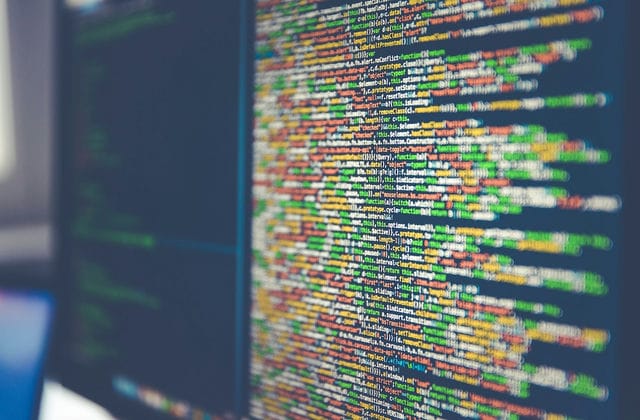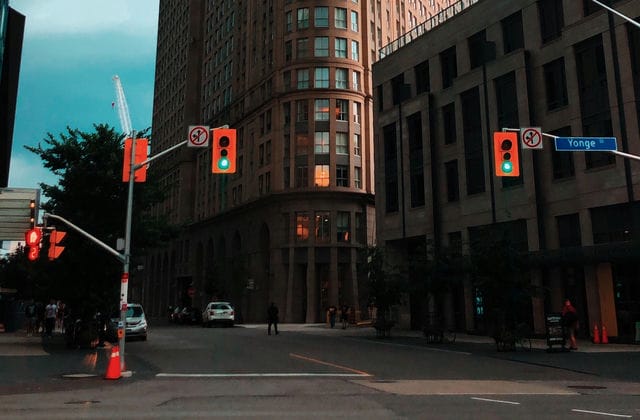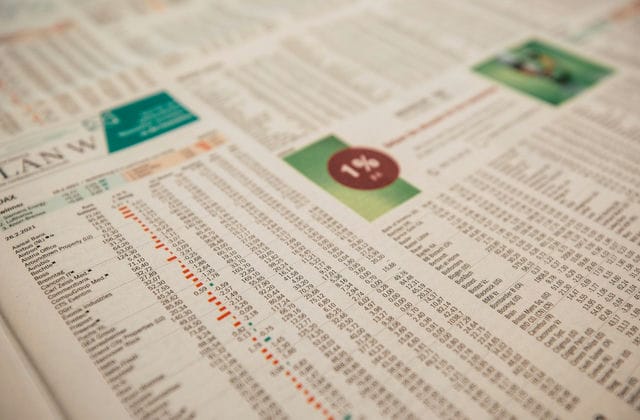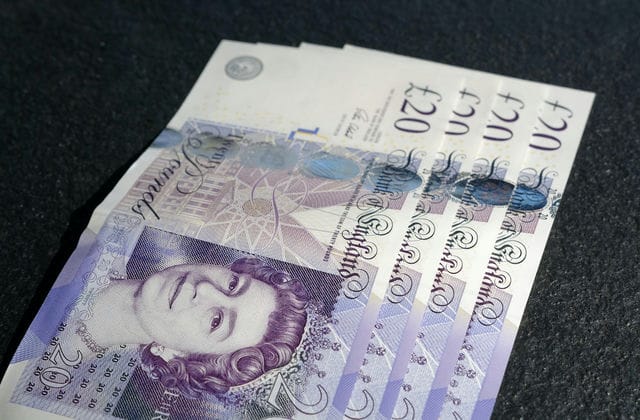Unlike assets such as stocks, futures and foreign exchange, there are clear upper and lower bounds on the value of options. For the sake of simplicity, we will disregard discounting, dividends, American and European style, as well as transaction costs and margin tied up, and will only analyses the upper and lower limits of call option prices.

The upper limit of a call option's value is the price of its underlying asset. A call option gives the buyer a right to buy the underlying asset in the future and if the price of that right is higher than the price of the underlying asset, then the investor may as well buy the underlying asset outright. In other words, an option is similar to an insurance policy. If fire insurance on a house is more expensive than a house, then we might as well just sell one of these policies and use the premiums we receive to buy another house and, if there is a fire, just pay out the house and, because the premiums are more expensive than the house, we will still have money left over after we buy the house, and we will make a solid profit on that money whether there is a fire or not The price of the call option must therefore be less than the price of the underlying asset, otherwise it amounts to giving everyone money for nothing, or what we usually call a risk-free arbitrage opportunity.
The lower limit of a call option's value is its intrinsic value. Let's start with an introduction to what intrinsic value is. Generally speaking, the value of an option is made up of two components: intrinsic value and time value. For a call option, the intrinsic value is Max (S-K, 0), where S is the market price of the underlying asset and K is the agreed strike price, Max is the maximum value of both S-K and 0.
The option price cannot be less than its intrinsic value, otherwise a risk-free arbitrage opportunity will arise. An investor can buy a call option with a strike price of K, an option price of C, and sell the underlying asset at a price of S. In this way, the investor can buy a call option with a strike price of K and an option price of C, and sell the underlying asset at a price of S. In this way, the investor can buy the underlying asset at strike price K, thereby hedging the underlying asset that he was short, and gaining the difference S-K, the intrinsic value of the option, and if the option price C is less than this difference, then the investor will gain S-K-C regardless of future market changes. Therefore, as soon as the risk-free arbitrage opportunity arises, arbitrageurs in the market will immediately prey on this opportunity, so that under normal circumstances, the price of the call option is greater than its intrinsic value.
Here is a case study to visualize the arbitrage operation when the option price falls below the theoretical lower bound. Suppose that there is a market for a European call option with a strike price of $90 and expiry in one month, and its price is $8. The current price of the underlying asset is $100. Is there a risk-free arbitrage opportunity in the market? If so, how can an arbitrage strategy be formed?
We can find that the intrinsic value of the option is $100 - $90 = $10, while its market price is $8, which is below its intrinsic value, so there is a risk-free arbitrage opportunity in the market. The relevant operations and analysis are shown in the table below.
In the table above, we paid no cash at the beginning of the period and had an inflow of at least $2 at the end of the period, which is equivalent to an empty glove and a free profit of at least $2.

Therefore, in general, the price of an option should be within the upper and lower limits of its value. If it is exceeded, a risk-free arbitrage opportunity will arise and arbitrageurs in the market will immediately pounce on it, grabbing this opportunity until the price returns to normal.
Finally, it should be noted that the upper and lower bounds of a call option will require some adjustment if discounting, dividends, etc. are taken into account, but the basic idea is exactly the same as that presented in this article and the reader can derive it for themselves if they are interested.





























